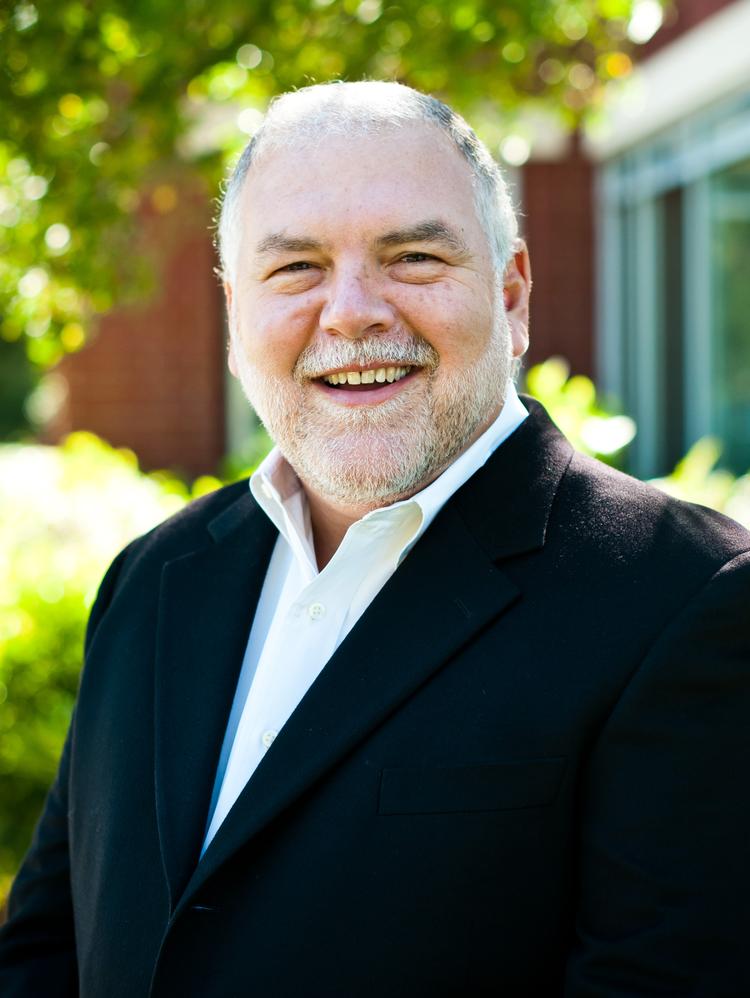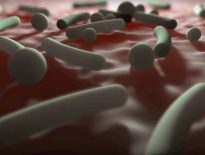A metro Atlanta startup has raised $22 million to help it bring a new acne treatment to market.

Sebacia, which is based in Duluth, Ga., is developing a topical formulation that uses laser-activated microparticles to treat acne. The U.S. market for acne-based products exceeds $3 billion.
The Sebacia product has not yet been approved by the U.S. Food and Drug Administration (FDA).
Sebacia microparticles, made of gold and a silica core and placed in a solution designed to penetrate the sebaceous follicles, are designed to be activated by the light from commonly used hair removal lasers. When exposed to a laser pulse, the microparticles create a focused heating of the sebaceous gland and follicle to reduce the activity level of the gland resulting in fewer inflammatory lesions (acne).
The Sebacia Treatment is a game changer, Sebacia CEO Anthony Lando said, Once approved, this new in-office treatment has the potential to provide durable relief for acne suffers.
The Series C financing includes $12 million in equity from existing investors, Accuitive Medical Ventures, Domain Associates, Versant Ventures, and Partners Innovation Fund. Sebacia is also finalizing a $10 million credit line from Square 1 Bank, a venture bank. Sebacia raised $30 million prior to the funding.
The new funding will be used to apply for regulatory approval and scale up production. Sebacia plans to do manufacturing in Duluth, where it has an up to 9,000-square-foot office, and in California, Lando said.
But first, Sebacia must complete a 400-patient clinical trial to prove to the FDA that its treatment is safe and effective. The company hopes to invest up to an additional $25 million to bring its microparticles product to market by 2017.
Two independent clinical studies on 99 people conducted in Europe showed Sebacia’s microparticles reduced the appearance and occurrence of inflammatory acne lesions (or pimples) within a few weeks after treatment in a dermatologist’s office.
The patients in the study continued to experience an average reduction by about 60 percent to 70 percent seven months after treatment, Lando said. A key distinction that separates the Sebacia treatment from the current regimen of lotions, creams and pills, is that a person is not required to comply with a daily regimen, he said.
Sebacia’s microparticles technology was invented at Rice University, and the proprietary dermatology applications were further developed with researchers from the Wellman Center of Photomedicine at Massachusetts General Hospital.





